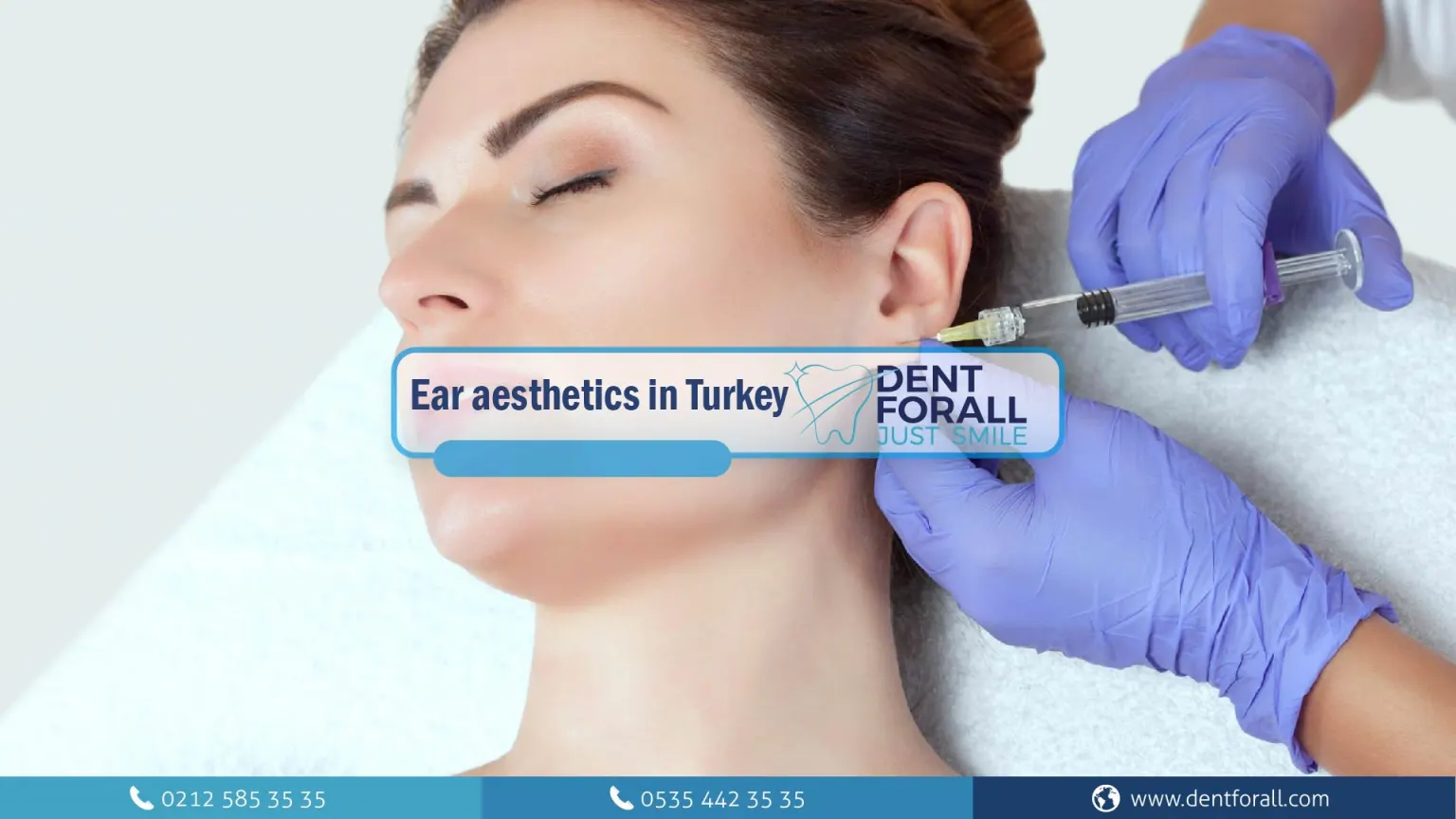Otoplasty is a common plastic surgery in Turkey. In this article, we deal with the operations and complications of ear operations
You will find a wide range of clinics offering Otoplasty in Turkey, especially within the country’s cultural capital, Istanbul.
The operation is performed under classic local anesthesia, neurological anesthesia, or general anesthesia depending on the procedures to be performed and the patient’s age and tolerance.
Whatever the type of anesthesia, a consultation is made with the anesthesiologist 48 hours before the operation.
The duration of the operation is 45 minutes to an hour, depending on the deformities to be corrected.
This intervention is performed on an outpatient basis, that is, the patient enters the clinic in the morning and leaves in the evening on the same day.
The intervention consists of thinning and reshaping the ear cartilage to achieve a natural-looking fold. When the deformity is very evident, the surgeon makes an incision in the back of the ear, separates the skin tissue, and then purifies the cartilage involved.
The thinner cartilage is more flexible and allows the surgeon to make a new fold with sutures. Once the fold is repaired, the excess skin is removed.
In some cases, the muscles behind the ears are removed. The ears are as close to the skull as normal as possible, and the surgeon makes sure that they do not appear too close to each other when looking at the face from the front.
Thus, the ears are sculpted and an attempt is made to align them. Otoplasty is performed from the back of the ears, so the incision scars are completely hidden in the natural folds.
A specific helmet bandage is placed overnight and is replaced with a more discreet compression tape that must be worn several days after the operation.
This headband or spine helps protect the ears, reduces physiological inflammation after surgery, and facilitates postoperative follow-up.
Otoplasty is a safe and commonly used surgical procedure. Complications are extremely rare if the intervention is performed by a surgeon authorized to perform these procedures on the face.
These rare complications may be in the form of:
Hematoma (may require perforation or evacuation), or keloid-like development of a fissure scar
Bruises most commonly appear and disappear within eight to ten days. Some pain may be felt, but it is eased with regular sedation.
There may be sensitivity in the ear, but it will disappear very quickly. It should be clarified that otoplasty does not affect hearing, because the gestures are only performed on the outer part of the ear.
The patient can continue wearing glasses without any problem, as the incision is made in the ears near the tire’s fulcrum.
The day after the operation, a compression garment is worn day and night for about 15 days. The surgery should avoid any extreme physical exertion during these fifteen days.
The activity can be resumed about five days after the operation.
In the days following the operation, the ears may appear to be attached to the head, but this is very normal and this is due to the classic edema after surgery (swelling).
Only gradually the tissues will soften. The patient should know that the final result of otoplasty is determined between two and three months after the operation.
In rare cases, when there is a small asymmetry or irregularity of the cartilage, a surgical correction may be suggested under local anesthesia to improve the results.
Correction of cartilage hyperplasia and carbuncle dysfunction is lifelong.
Otoplasty costs can vary greatly depending on the experience of the surgeon and the exact type of procedure to be followed.
The costs of otoplasty in Turkey, along with other plastic surgeries, are much lower compared to Europe and the United States.
otoplasty in Turkey is the ideal option, in terms of cost and quality, as well as tourism and recreation.




